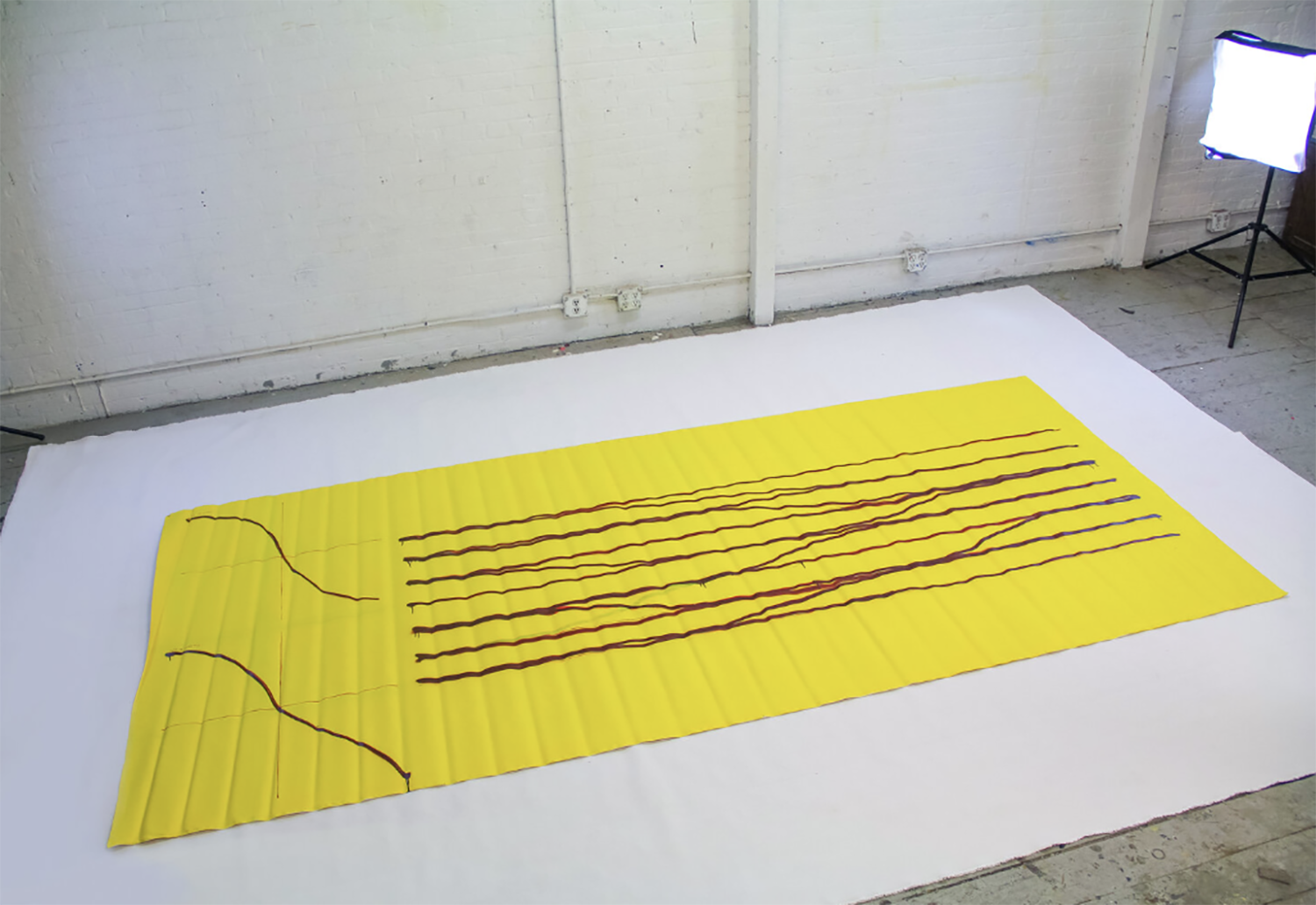
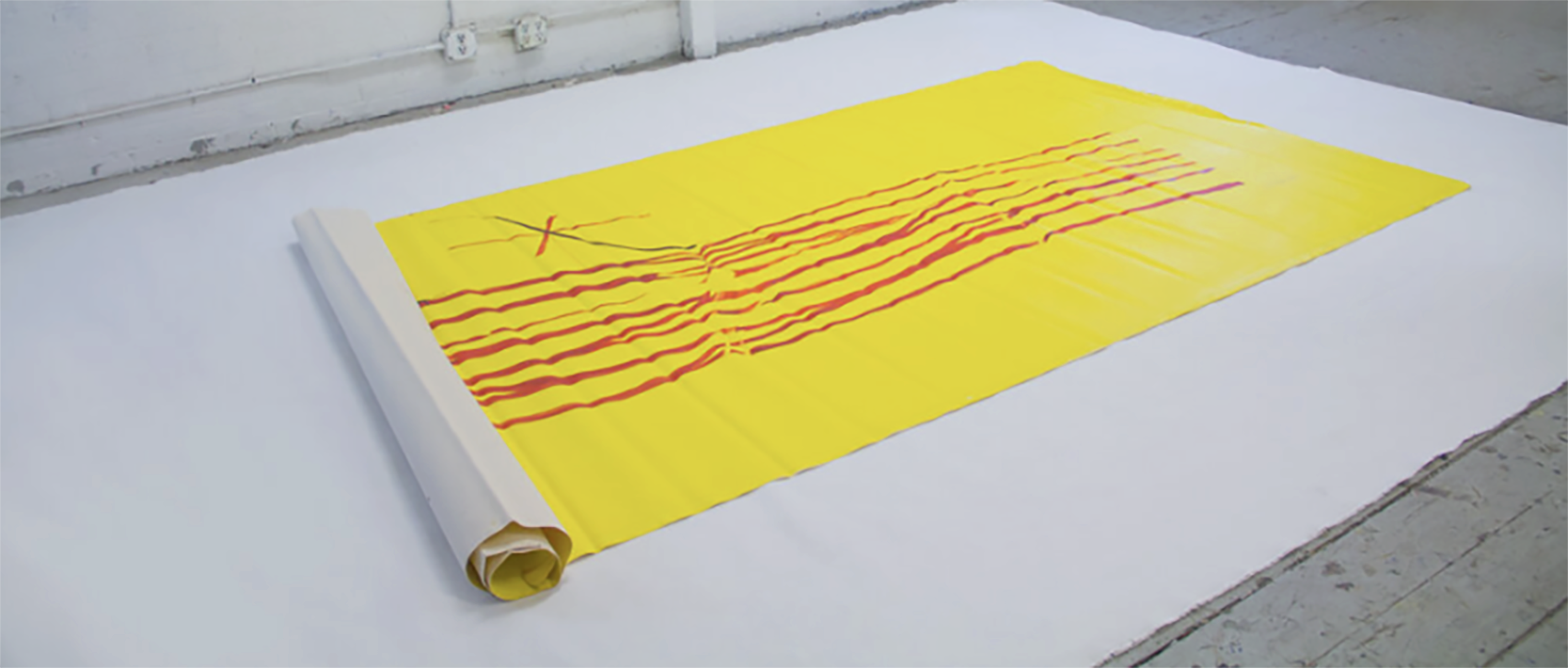
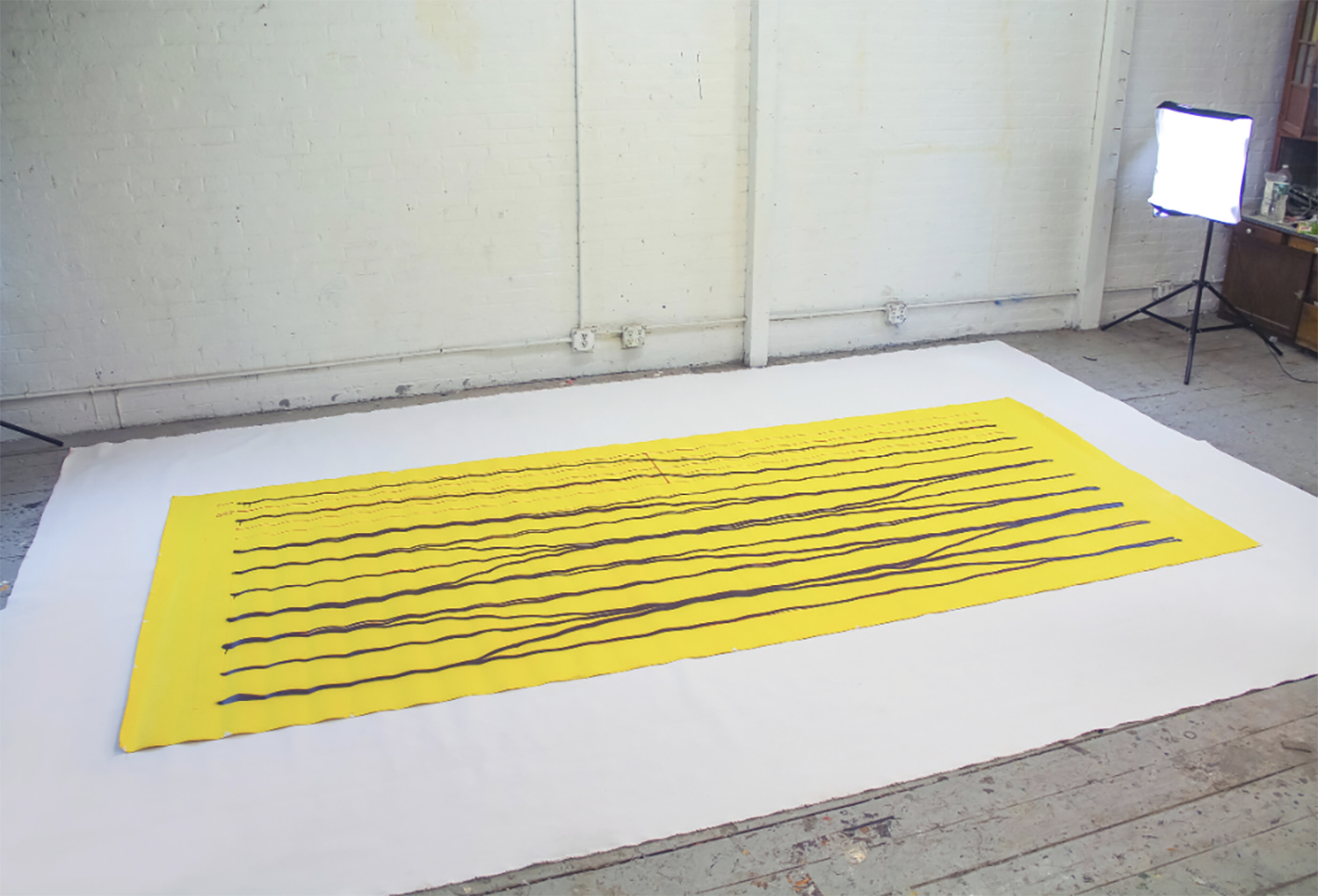
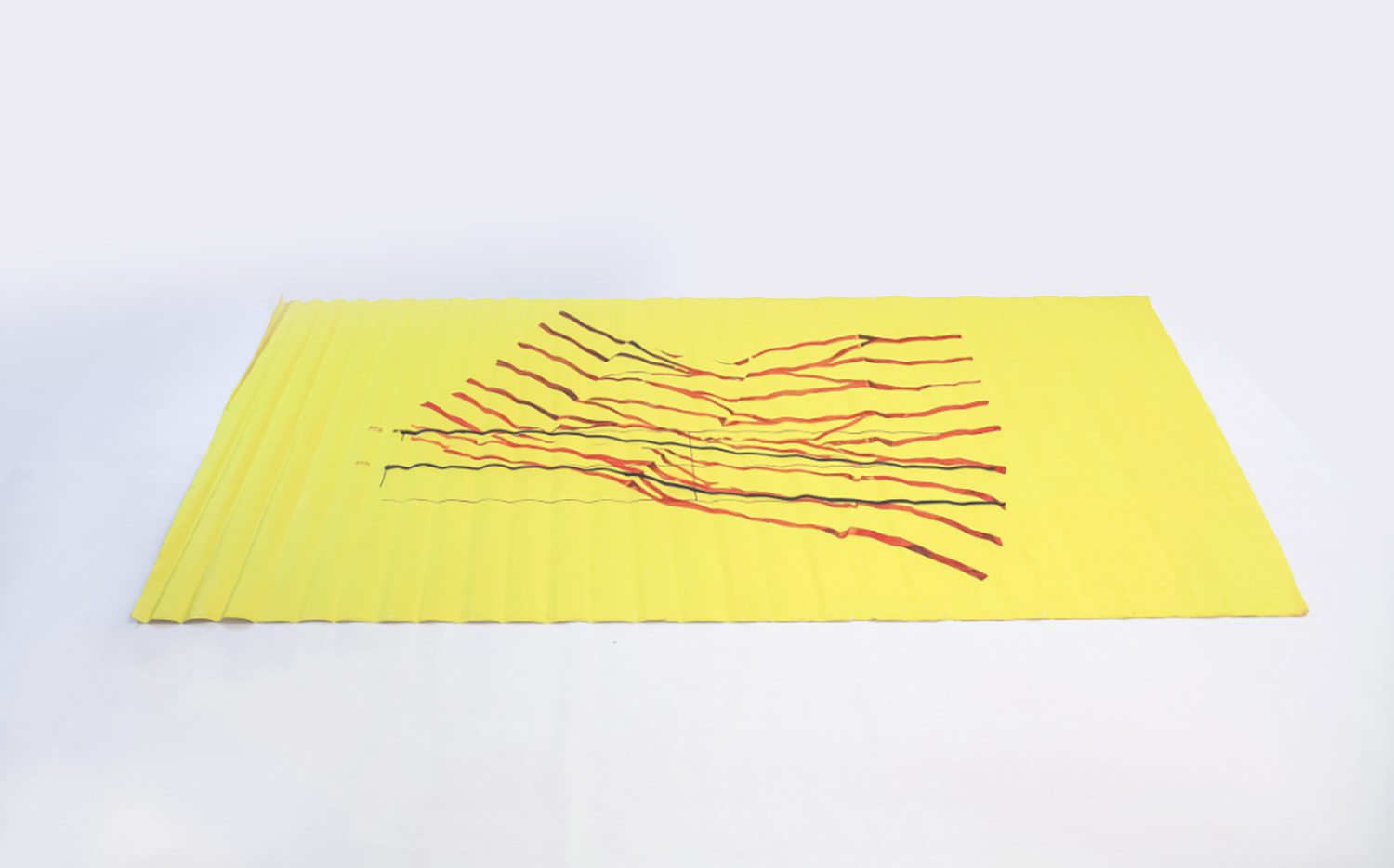
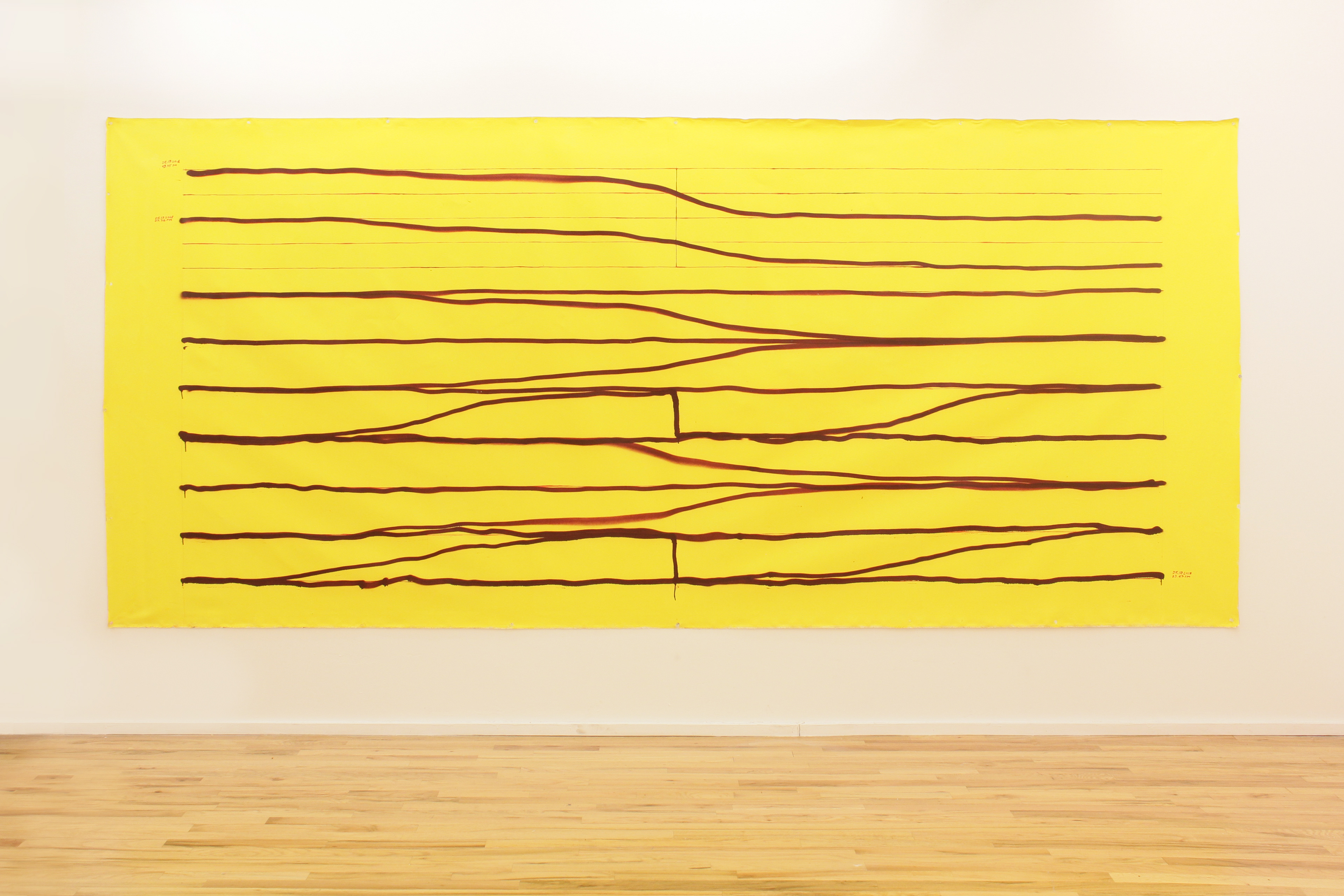
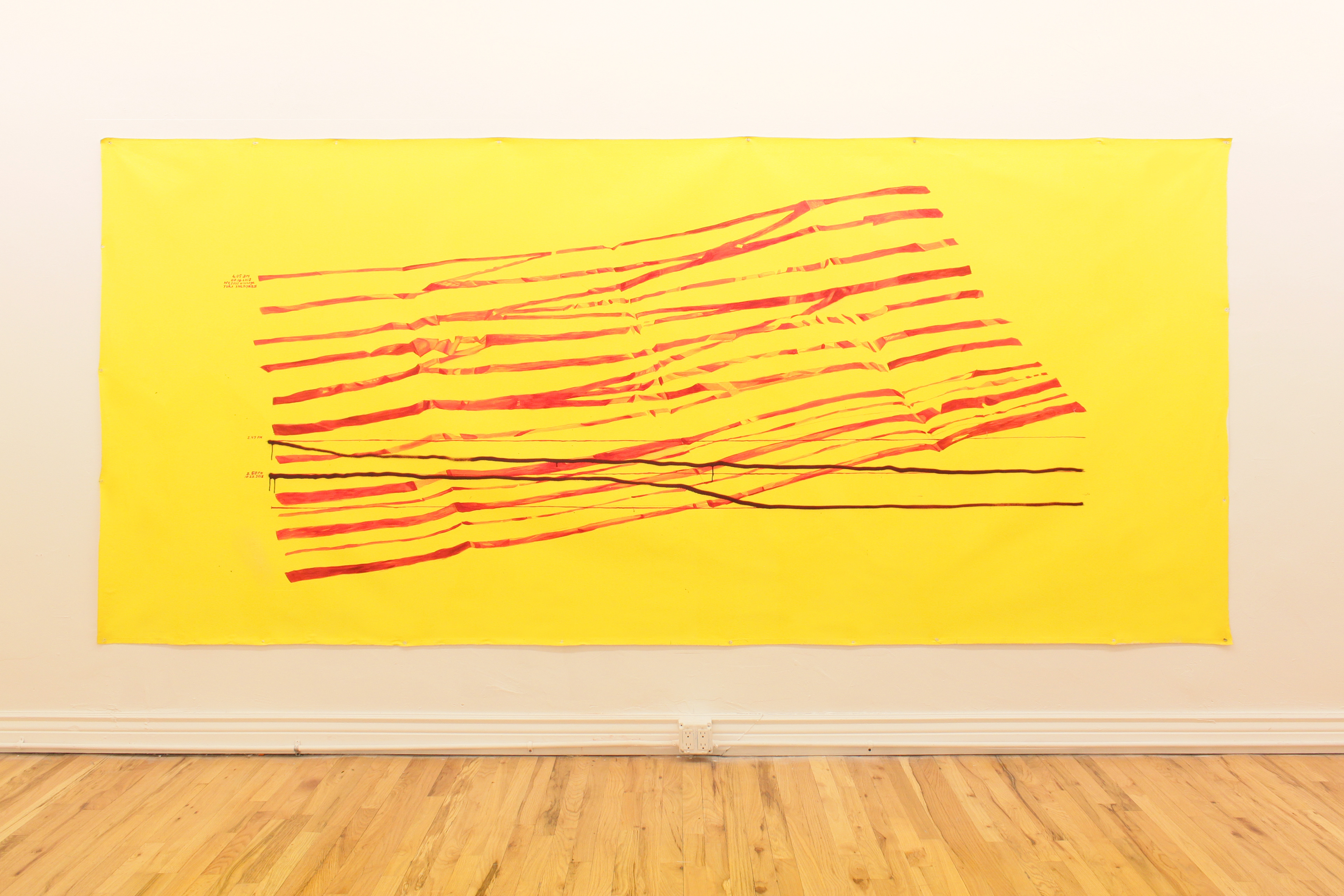
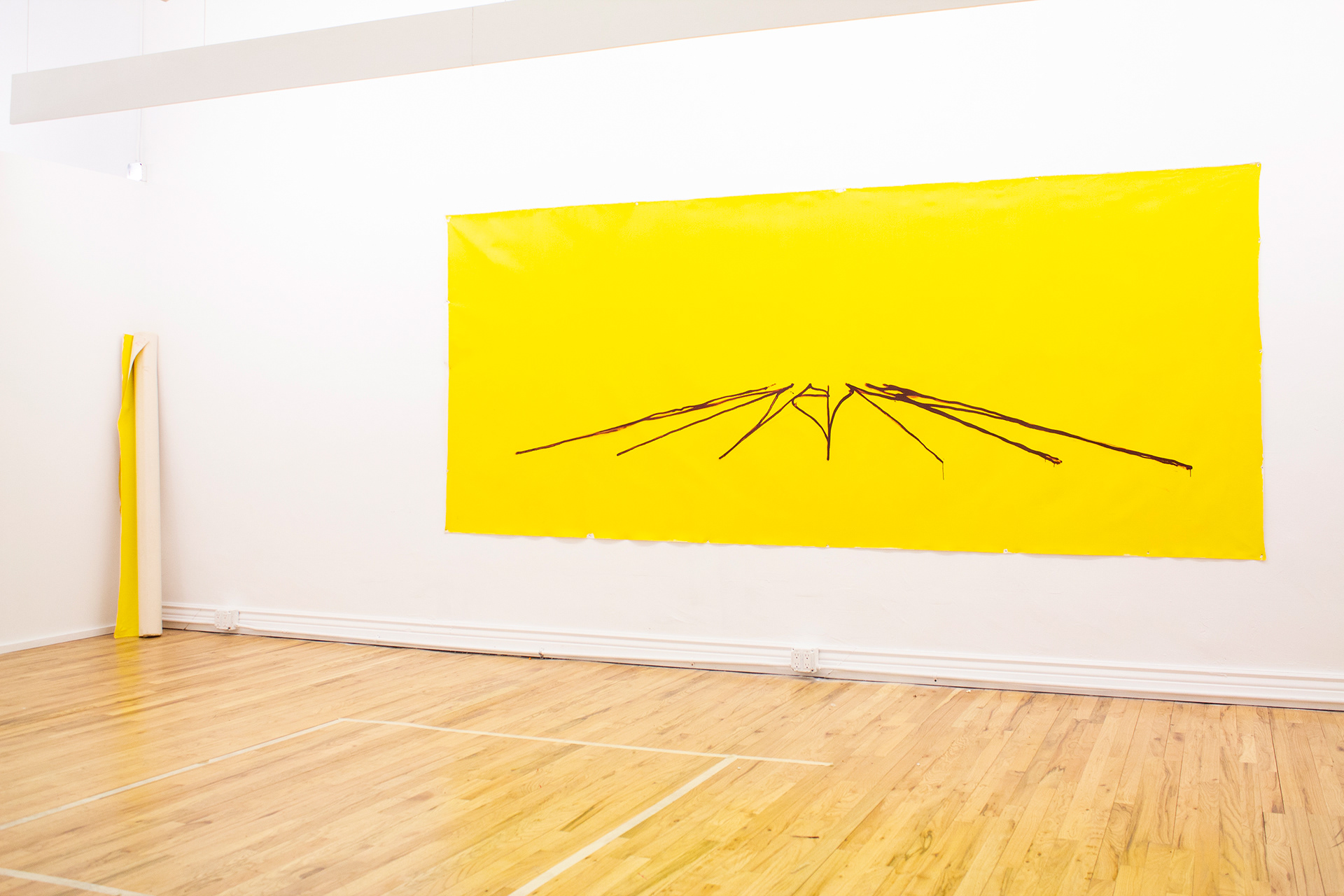
1. Untitled practice VII, exhibition view, 2019
2. Untitled practice VII, transfer moment (receiver: Karolina Kubik), 2018
3. Untitled practice_7.2.1, canvas, acrylic spay paint, oil, 144 x 65 inches(365 x 165 cm), 2018
4.Untitled practice_7.2.2, canvas, acrylic spay paint, oil, 144 x 65 inches(365 x 165 cm), 2018
5. Untitled practice_7.4.1, canvas, acrylic spay paint, oil, 144 x 65 inches(365 x 165 cm), 2018
6. Untitled practice_7.4.2, canvas, acrylic spay paint, oil, 144 x 65 inches(365 x 165 cm), 2018
7. Untitled practice_7.3.1, canvas, acrylic spay paint, oil, 144 x 65 inches(365 x 165 cm), 2018
8. Untitled practice_7.3.2, canvas, acrylic spay paint, oil, 144 x 65 inches(365 x 165 cm), 2018
9. Untitled practice_7.3.1, canvas, acrylic spray paint, 144 x 65 inches(365 x 165 cm), 2018, (exhibition view "In the Offing", Hercules studio program, NYC, 2019)
2. Untitled practice VII, transfer moment (receiver: Karolina Kubik), 2018
3. Untitled practice_7.2.1, canvas, acrylic spay paint, oil, 144 x 65 inches(365 x 165 cm), 2018
4.Untitled practice_7.2.2, canvas, acrylic spay paint, oil, 144 x 65 inches(365 x 165 cm), 2018
5. Untitled practice_7.4.1, canvas, acrylic spay paint, oil, 144 x 65 inches(365 x 165 cm), 2018
6. Untitled practice_7.4.2, canvas, acrylic spay paint, oil, 144 x 65 inches(365 x 165 cm), 2018
7. Untitled practice_7.3.1, canvas, acrylic spay paint, oil, 144 x 65 inches(365 x 165 cm), 2018
8. Untitled practice_7.3.2, canvas, acrylic spay paint, oil, 144 x 65 inches(365 x 165 cm), 2018
9. Untitled practice_7.3.1, canvas, acrylic spray paint, 144 x 65 inches(365 x 165 cm), 2018, (exhibition view "In the Offing", Hercules studio program, NYC, 2019)
description text:
Chapter VII of the Untitled practice, which I have attached here, addresses the problem of the phenomenon of “moment of transfer” and “moment of contemplation” as documented in the practice record. This chapter consists of four triptychs, which are the respective parts of a three-stage process.
The use of the ritual of transmission and the uniqueness of the experience of perception leads us to the question of the trans-historical nature of this “moment” and, accordingly, its influence on the interpretation of the work itself. The very clash of “procedural” and “momentary” will perhaps allow us to create an accessible contact point between the two paradigms (practice’s sequence and surrounding reality), which can be depicted and reflected.
Chapter VII of the Untitled practice, which I have attached here, addresses the problem of the phenomenon of “moment of transfer” and “moment of contemplation” as documented in the practice record. This chapter consists of four triptychs, which are the respective parts of a three-stage process.
The use of the ritual of transmission and the uniqueness of the experience of perception leads us to the question of the trans-historical nature of this “moment” and, accordingly, its influence on the interpretation of the work itself. The very clash of “procedural” and “momentary” will perhaps allow us to create an accessible contact point between the two paradigms (practice’s sequence and surrounding reality), which can be depicted and reflected.
The first stage involves the construction and recording of a visual sequence, which will also be referred to as “the body of the practice”. It always begins with the writing of two identical basic modules, differing by one minute. The main part of the second stage consists of the moment when this record of practices’ body is targeted at someone receiving this information, whom I call “the addressee”. Adresse receives the record on the folded thin list of metal at a random location and time. The unfolding moment, the appearance of the practice’s record in a unique location and time, becomes the source material for the representation at the second stage. The third stage is the transformation of the practice’s body into hypothetical three-dimensionality, resulting in the appearance of perspective and abstract horizon. The third stage is basically the opposite of the second one, and its purpose dwells in the acceleration of practice’s body immanence and imaginative nature.